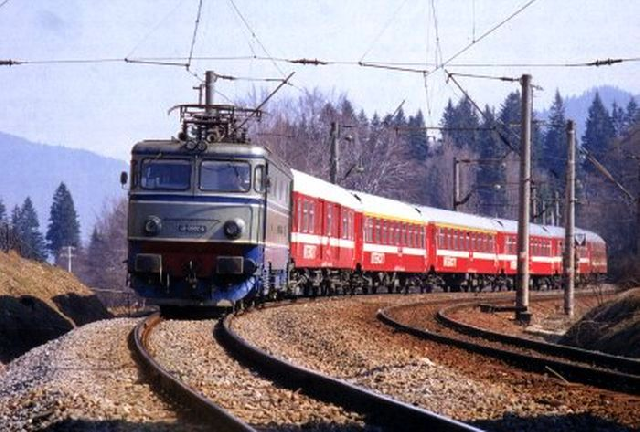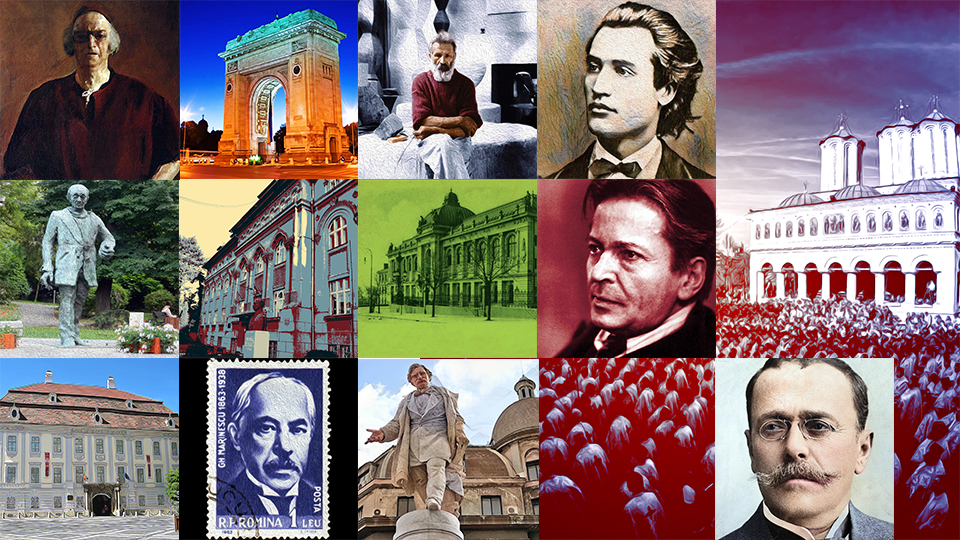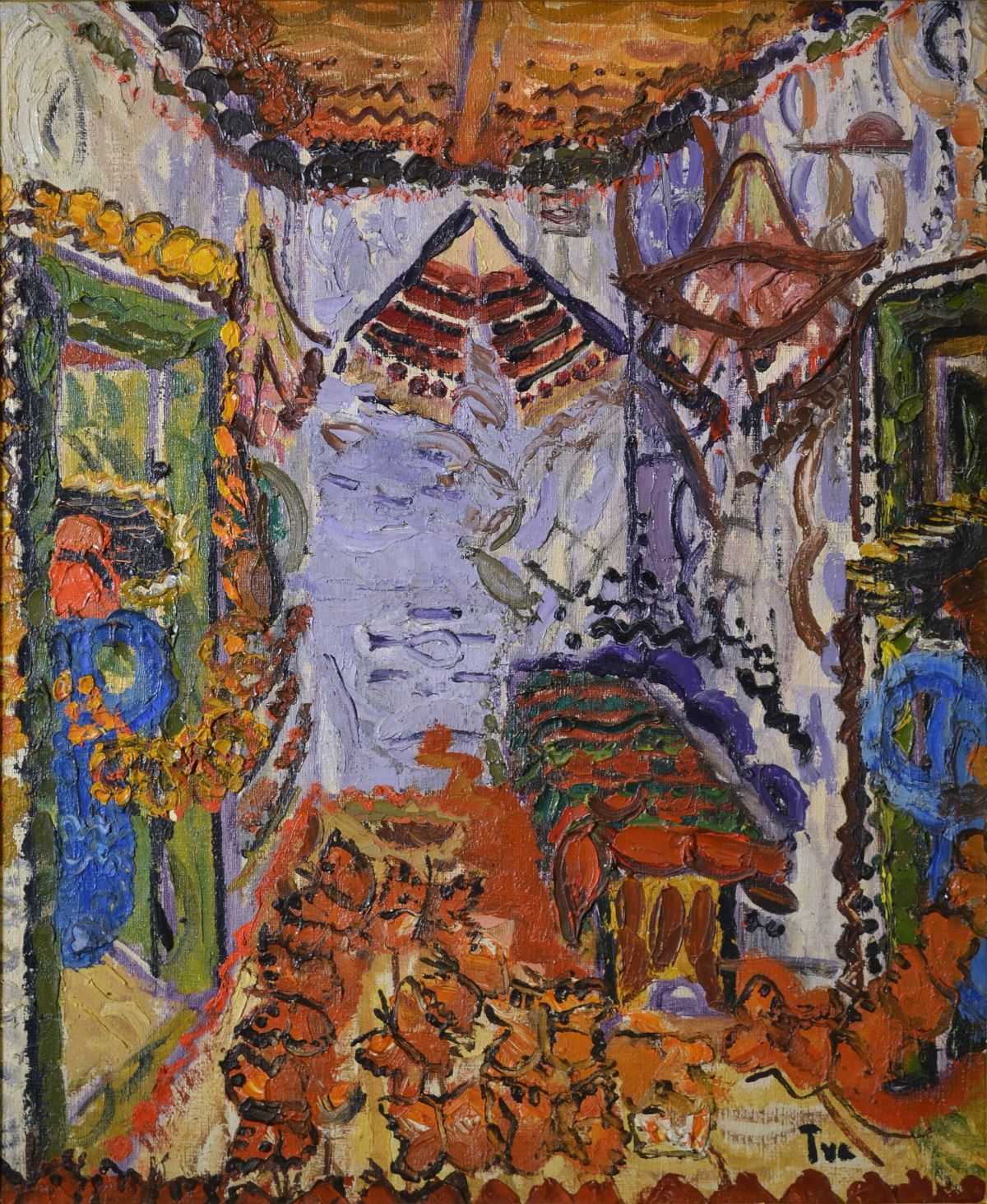The First Railway in the Romanian principalities
It once was the fastest and most comfortable means of transportation in Romania. Today, rail transport is slower than it used to be.

Christine Leșcu, 27.10.2017, 15:42
Train rides today are often a good opportunity to reminisce over times gone by. However, when it was first introduced in Wallachia and Moldova, two of the Romanian Principalities in mid-19th century, the railway produced quite a scare. And yet, people started to grasp its economic potential soon enough.
It was against the backdrop of a full-scale process of modernization that the first railway segment was introduced, linking Bucharest to the port of Giurgiu, measuring 67 kilometers in length. Mircea Dorobantu, the director of the Romanian Railway Museum in Bucharest, spoke about the importance of this first railway in Romania.
Mircea Dorobantu: “Back in the 1860s the authorities were talking about the introduction of the railway, as southern Bucharest was one of the most important hubs on the map of regional trade. The Danube linked the city to many European capitals and was the main transport route at the time. Talks referring to the building of a railway went back to the rule of Alexandru Ioan Cuza, but the problem at the time was that Romania faced a shortage of rail experts. In this context, the British Railways, which were represented by various railway companies at the time, were eager to develop trade relations in this part of Europe. One of these companies belonging to entrepreneur John Trevor Barkley offered to build the rail segment from Bucharest to Giurgiu in exchange for a concession agreement with the Romanian state.
The agreement was signed over a period of 99 years. Barkley’s company built the railway observing typically British building patterns. To this day, a train ride on this route allows travelers to admire the water towers in Comana and Giurgiu stations, which look much like they did back in 1869. You can still see the original plates”.
“John Trevor Barkley & John Staniforth” started building the railway in 1866, and on October 31, 1869 the Bucharest-Giurgiu railway was inaugurated. The engines and cars, both for freight and passengers, resembled their British counterparts, of course. Mircea Doborantu:
Mircea Dorobantu: The first engines were for both passengers and freight. The engines for passengers had one free axle and two driving axles putting the cars in motion as they had wheels with a big diameter. They had to run fast reaching the maximum speed of 83 km per hour. The engines for freight trains had three driving axles to haul freight wagons, which were heavier than the passenger ones. In the beginning, a passenger train on the Bucharest-Giurgiu line was made up of two first class carriages, two second class carriages, three third class carriages and two luggage vans. Passengers were very frightened by the train. To travel by “the fire carriage” was very weird for them; some of them did not keep away from the train as they were used to the horse drawn carriages by-passing them. That is why accidents took place. Those standing on the railway line or close to it were run over by the train and for this reason, when the first trains started running, a rider would ride ahead of the train blowing a horn to warn people to keep away from the train.”
The next railway in the Principalities was built in Moldavia, being an extension of the existing line on the Lemberg-Cernauti-Suceava-Roman route. The Romanian extension covered the Roman-Bucharest route. The terminus in Bucharest was not the Filaret Train Station, but a new station for the Bucharest-Targoviste route, which subsequently became the main station of the capital, the North Train Station, inaugurated in 1872. In the beginning, there was no communication line between the Filaret Train Station and the North Train Station, as Mircea Dorobantu, the director of the Romanian Railway Museum explains.
Mircea Dorobantu: “A communication line was then built between the two train stations because due to the great importance of the railways, in 1880, the problem of establishing a sole, well-organized administration was posed. So, in 1880, the Princely Department of the Romanian Railways was established. Meanwhile, the Romanian state bought back the lines from the concessionaires who had built and managed them and included them into a unitary system run by a sole administration.





























